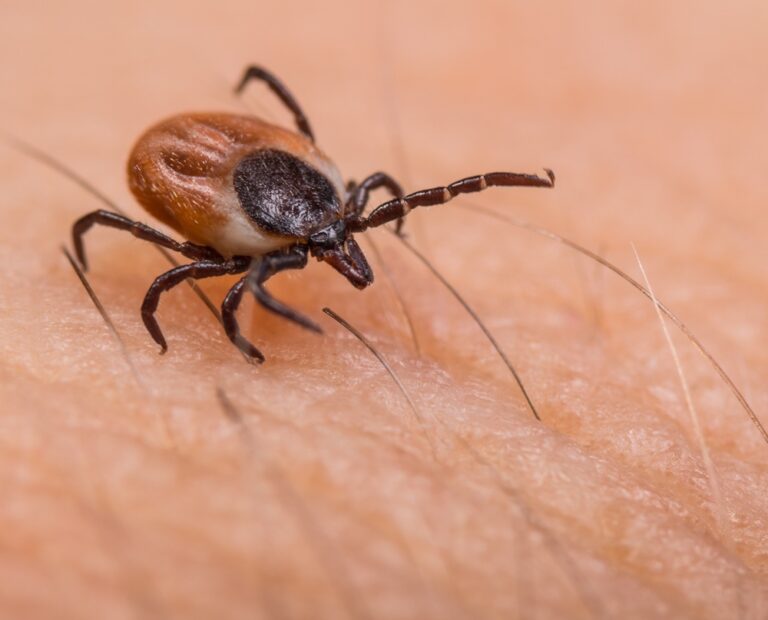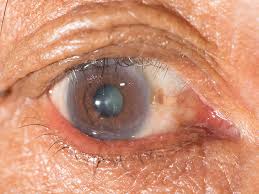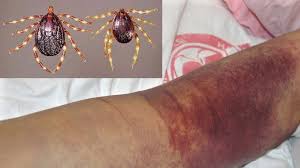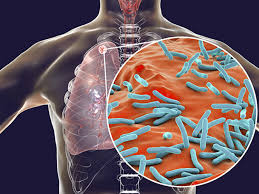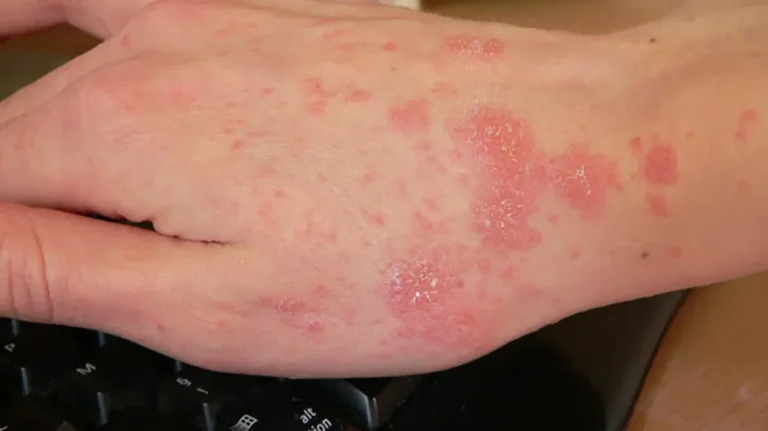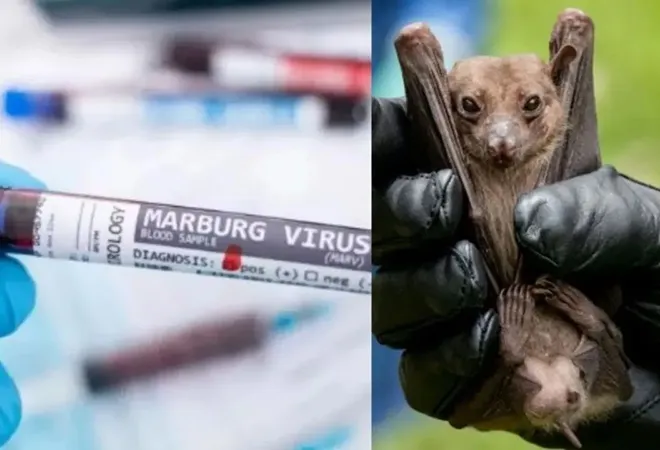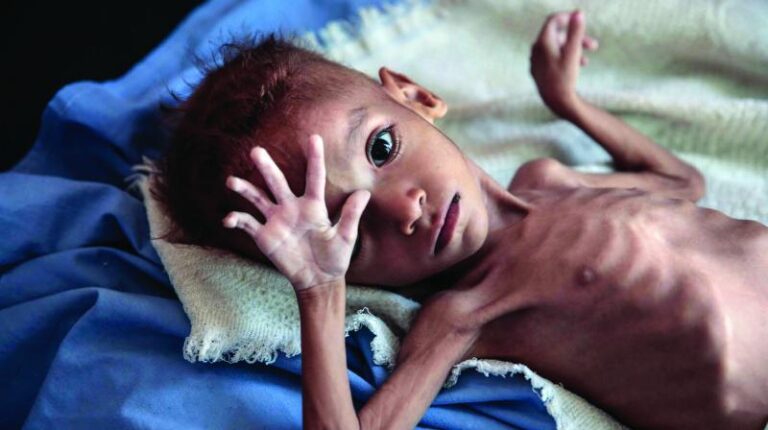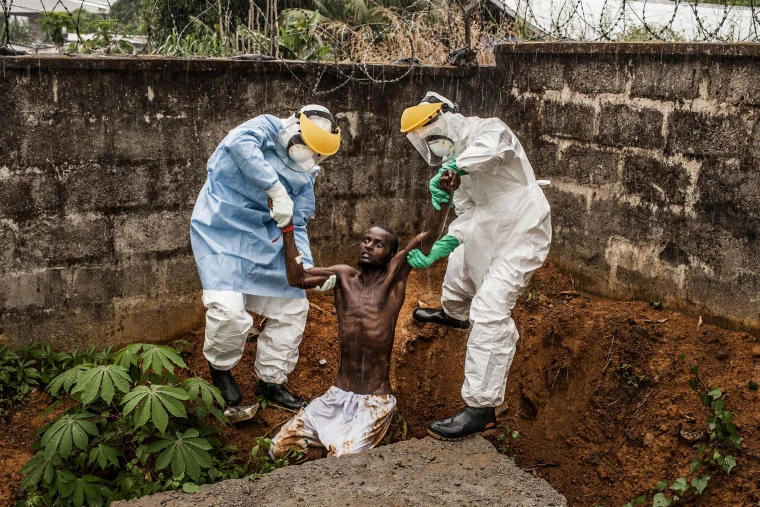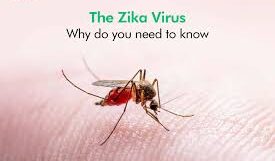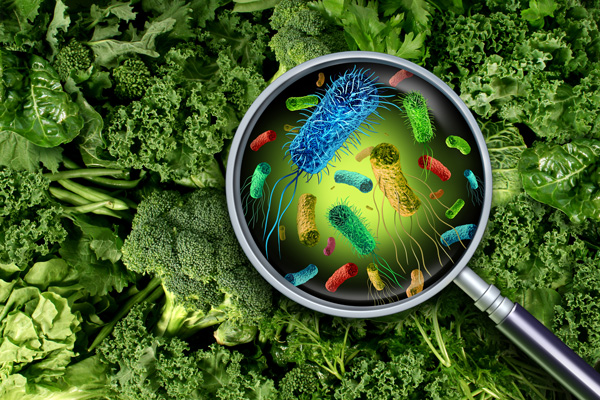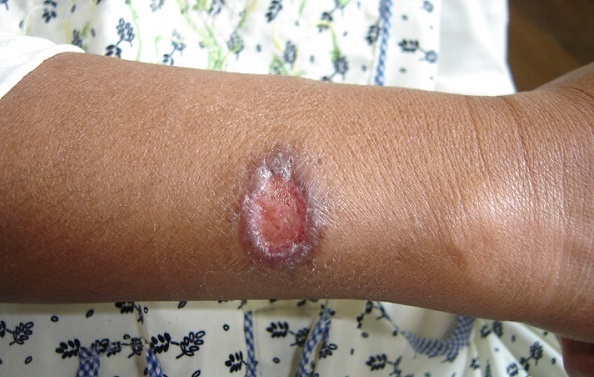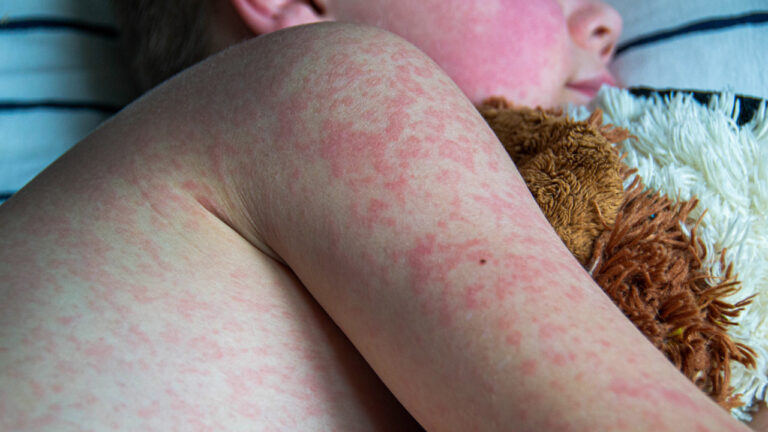Pertussis or Whooping Cough
 Pertussis, commonly known as whooping cough, is a highly contagious respiratory infection caused by the bacterium Bordetella pertussis. 1 While vaccination has significantly reduced its incidence, pertussis remains a public health concern, particularly for infants and young children, who are most vulnerable to severe complications.
Pertussis, commonly known as whooping cough, is a highly contagious respiratory infection caused by the bacterium Bordetella pertussis. 1 While vaccination has significantly reduced its incidence, pertussis remains a public health concern, particularly for infants and young children, who are most vulnerable to severe complications.
Understanding Pertussis:
- Causative Agent:
- Bordetella pertussis
- Transmission:
- Primarily through respiratory droplets produced by coughing or sneezing.
- Close contact with an infected individual is the main mode of transmission.
- Contagiousness:
- Pertussis is highly contagious, especially in the early stages of infection.
Stages and Symptoms:
Pertussis typically progresses through three stages:
- Catarrhal Stage (1-2 weeks):
- This stage resembles a common cold, with symptoms such as:
- Runny nose.
- Low-grade fever.
- Mild cough.
- This is the most contagious stage.
- This stage resembles a common cold, with symptoms such as:
- Paroxysmal Stage (1-6 weeks or longer):
- Characterized by severe coughing fits (paroxysms).
- Coughing fits are often followed by a high-pitched “whooping” sound during inhalation, hence the name “whooping cough.”
- Coughing fits can be frequent and intense, leading to:
- Vomiting.
- Cyanosis (bluish discoloration of the skin due to lack of oxygen).
- Apnea (temporary cessation of breathing), especially in infants.
- Exhaustion.
- Nighttime coughing is very common.
- Convalescent Stage (weeks to months):
- The cough gradually improves, but may persist for several weeks or months.
- Recovery is slow, and individuals may remain susceptible to other respiratory infections.
Complications:
Pertussis can lead to serious complications, particularly in infants and young children:
- Pneumonia.
- Seizures.
- Encephalopathy (brain damage).
- Apnea.
- Dehydration.
- Rib fractures (from severe coughing).
- Death (especially in infants).
Diagnosis:
- Clinical evaluation: Based on symptoms and medical history.
- Laboratory tests:
- Nasopharyngeal culture: To identify B. pertussis.
- PCR (polymerase chain reaction): To detect B. pertussis DNA.
- Serological tests: To detect antibodies to B. pertussis.
Treatment:
- Antibiotics:
- Macrolides (e.g., azithromycin, clarithromycin) are the preferred antibiotics.
- Treatment is most effective when started early in the catarrhal stage.
- Antibiotics can reduce the duration of contagiousness and severity of symptoms.
- Supportive care:
- Hospitalization may be necessary for infants and severe cases.
- Oxygen therapy.
- Fluid management.
- Monitoring for complications.
Prevention:
- Vaccination:
- Pertussis vaccine is included in routine childhood immunizations (DTaP, Tdap).
- The Tdap vaccine is also recommended for adolescents and adults, especially pregnant women, to protect newborns.
- Maternal vaccination during the third trimester of pregnancy is highly recommended to provide newborn protection.
- Post-exposure prophylaxis:
- Antibiotics are recommended for close contacts of infected individuals, regardless of vaccination status, to prevent infection.
- Isolation of infected persons.
Public Health Importance:
- Pertussis remains a significant public health concern, particularly for infants and young children.
- Outbreaks can occur in communities with low vaccination rates.
- Maintaining high vaccination coverage is essential for preventing pertussis.
- Vaccinating pregnant women is a critical part of protecting the most vulnerable population, newborns.
It’s crucial to ensure that children receive all recommended pertussis vaccinations and that adults receive booster doses as recommended. If you suspect pertussis, seek medical attention promptly.
I hope this information is helpful.




